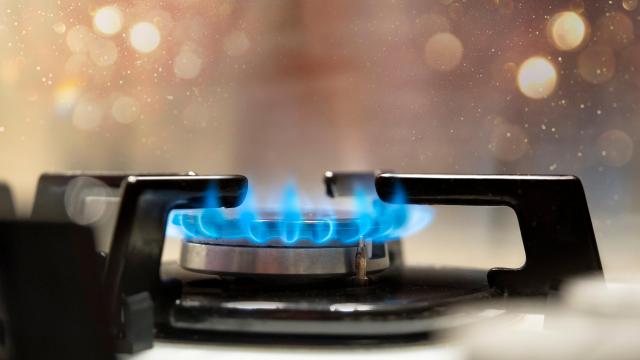New research points to an under-appreciated cause of childhood asthma: gas stoves. The study estimates that about one in every eight cases in the U.S. can be attributed to the indoor pollution emitted by gas stoves. The findings are only the latest to highlight the harmful effects of this ubiquitous way of cooking.
Gas stoves have been around since the 1800s, and over 40 million homes in the U.S., or more than one third of households, are thought to still rely on them today. For several decades, though, some scientists have warned that these stoves can be a major source of indoor air pollution — warnings that have only recently begun to receive wider public attention. These stoves, especially if not properly maintained or used in poorly ventilated homes, can emit unsafe levels of pollutants like nitrogen dioxide, carbon monoxide, methane, and benzene, even when not in use.
Air pollution is an important risk factor for many health problems, especially asthma. But researchers in the U.S. and Australia appear to be the first to try measuring the impact that gas stoves in particular are having on childhood asthma cases in the U.S. To do this, they looked at past studies that analysed how often gas stove use could contribute to childhood asthma. Then they cross-referenced that with census data on how many children live in homes with gas stoves.
All told, the authors estimated that 12.7% of childhood asthma cases in the U.S. are caused by gas stoves. For context, they add, these numbers are roughly comparable to the asthma risk posed by secondhand smoke. And in states with a higher amount of gas stove use, the toll is likely even greater. More than 20% of asthma cases were attributed to gas stoves in Illinois and California, for instance, while Florida had the lowest percentage of cases attributed to gas stoves, at 3%.
“Our results quantify the U.S. public health burden attributed to gas stove use and childhood asthma,” the authors wrote in their paper, published last month in the International Journal of Environmental Research and Public Health.
The findings are based on a number of assumptions, so it’s possible that they might over- or undersell the dangers posed by gas stoves, the authors note. But they do line up with an earlier study from some of the same researchers that tried to quantify the asthma risk from gas stoves in Australia. And no one disputes that the pollutants created by gas stoves can cause or worsen childhood asthma. These emissions aren’t just bad for human health either, but the environment as well. A study last year estimated that the climate impact from annual methane emissions from gas stoves in the U.S. is roughly equivalent to the annual carbon dioxide spewed out by 500,000 cars.
Citing the many potential harms of gas stoves, scientists, activists, and even local governments have increasingly been calling for homes and businesses to abandon them for electric or induction-based stoves, which produce much lower emissions. But natural gas companies, lobbyists, and some Republican-led governments have pushed back hard against plans to phase these stoves out. New federal regulations on gas stoves might arrive as early as this year, but it could still take years or even decades for them to become wholly discontinued.
In light of that, the authors say that more can be done to make these stoves safer today, such as ensuring proper ventilation in homes. But these stopgap methods, they say, would likely only reduce, not eliminate the risk they pose to kids.
